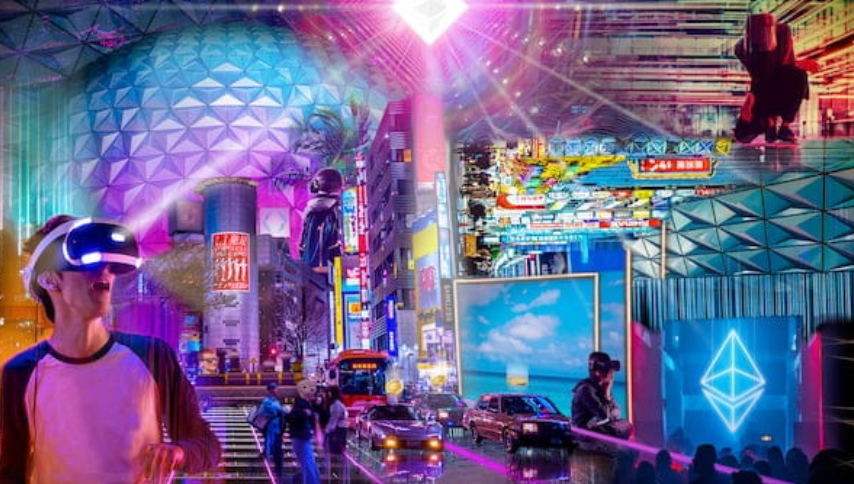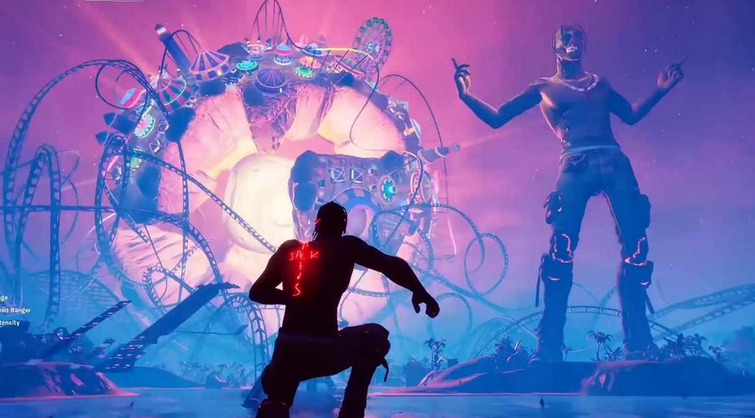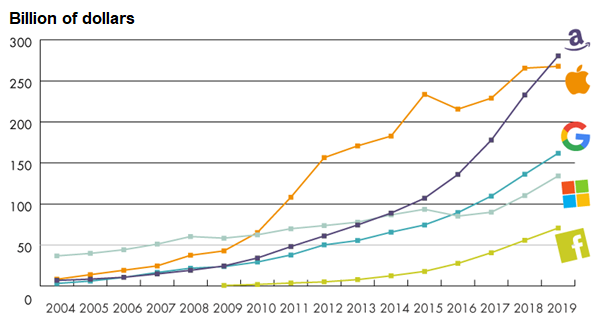Virtual reality and Metaverse

Introduction
The concept of metaverse comes from science fiction literature. The term is the contraction of "meta" (prefix which comes from the Greek and means after, beyond, with) and "universe", it appeared for the first time in the novel Snow Crash (1992), by Neal Stephenson, to describe a computer-generated universe accessed through glasses and headphones. Other novels had previously described similar virtual worlds.
The first concrete realizations date back to the 1990s but were limited by the technical capacities of the moment. Today there are many drafts of metaverses, most of which are little known to the public. It was the use of the term by the parent company of Facebook that brought the concept to the forefront of the media scene.
What is a metaverse?
A metaverse is a computer realization that allows to create a virtual universe in which we can interact. The virtual environment created is made up of landscape or decor elements, various objects and autonomous or controlled animated beings from the real world. It can reproduce part of the real world, materialize abstract elements of it or offer something totally new. Its laws, as well as the appearance and behavior of the elements that compose it, may or may not be like those of the real world.
Access to this environment is through conventional or specific computer interfaces (virtual reality headset, etc.), which allow interaction with this world. The environment is accessible and usable simultaneously by many people. It persists over time and is constantly evolving, whether we access it or not. It is thus rarely found in the state in which it was left. The whole allows a virtual society to develop, with its own culture, its economy, etc.

Metaverses and video games
Metaverses are also part of the recent evolution of video games. Online multiplayer games have become common, and the freedom of action offered by them has grown significantly. "Playing" thus takes on a multitude of meanings in these worlds that we can freely explore and in which we can meet people, collaborate, or compete, acquire things, create them ourselves, exchange or sell them, etc. Companies and virtual economies have thus been created which attract players from other sectors to video games, such as music, to organize concerts, or luxury, to sell branded objects.
In the eyes of many observers, Fortnite, and its 350 million users, is the most successful draft of what a metaverse could be. From now on, it is much more than a game. Its users meet there to discuss, attend events such as the five futuristic concerts given there by rapper Travis Scott in 2020 which attract a 46 million audience.

If Epic Games is considered the most advanced in the creation of metaverses, it is because it managed to convince Nintendo, Microsoft, and Sony to let “their” respective players compete on Fortnite. This has allowed the creation of a great community; the game is also available on PC and smartphone.
Another example is Roblox, a company born in Silicon Valley in 2004, which has become one of the most popular video game brands in the world among under-16s. Young gamers have therefore turned it into a huge virtual playground, where they can meet to chat, customize their avatar and above all go on an adventure among the games on offer.

Psychological and sociological aspects
Michael Stora, psychologist, and founder of the Observatory of Digital Worlds, defines Roblox as a “masked ball” where each player can adorn themselves with different attributes to test the reactions of others. “Adolescence is a period of great narcissistic fragility, where we try to build our self-image at the very moment when our body is changing. The avatar, to which we give the qualities that we would sometimes like to have, makes it possible to compensate for this feeling of fragility”, specifies the psychoanalyst.



The physical characteristics of avatars make it possible to identify the different communities populating the games. Navigating among this heterogeneous fauna, we come across drag queens, with their outrageous make-up, “emos”, inspired by gothic culture, dressed all in black and chains, or even "slenders", recognizable by their large size, their disheveled hair and their often-aggressive behavior towards other players.
"The personalization of the avatar is entirely part of the game", notes Julie Delbouille, doctoral student in communication sciences at the University of Liège (Belgium), specializing in video games. "It's a way for the players to tell their story. Some choose to create a character that resembles them, with the aim of transmitting something of themselves in a virtual universe. Some invent a very different hero, for the pleasure of becoming another for the time of a game”, she specifies.
Do the virtual peregrinations of these characters have an impact on the lives of the players? For Michael Stora, “the avatar can help teenagers project themselves in their quest for identity. At a time in life when many things escape them, when their daily life is governed by family and school rules, video games are a space where they finally regain control. Through their digital double, gamers take the time to choose who they want to be, an elf, a war lord or a teenage girl who is free to talk to strangers.
Possible Issues
This technological advance raises many concerns, on the isolation of individuals in a virtual world, on the moderation of content and the protection of personal data.
Some games already have a darker side, many neofascist bands meet in military games to try to proselytize among gamers. The platform, which bans all political activity, tries in vain to overcome these disturbing small groups.
Metaverses could be the future of the internet
Digital doubling of the physical world, this virtual universe which will provide access to a multitude of services attracts the GAFAM
From Microsoft to Nvidia, from Tencent to Epic Games (publisher of the hit game Fortnite), many players have recently expressed their desire to actively participate in the development of what promises to be the next generation of the Internet. In this digital space of the future, everyone, through an avatar, will be immersed in a virtual universe and will be able to access an infinite number of services: play with friends, join them to attend a concert or see a film, participate with colleagues in a meeting, trying out a car or visiting their next apartment…
Mark Zuckerberg's company is not the first to make this bet. Other professionals have seen the interest of this technology, clothing, or car brands to promote their products, cultural actors to be present on these new stages. Real estate developers see it as a great place to stage their projects, art dealers the ideal place to sell virtual works by surfing on the phenomenon of NFTs (digital assets based on the blockchain), musicians to organize paying concerts in front of millions of people (Travis Scott would have received 20 million dollars, according to Forbes, for his cycle of shows).


Technical and structural limitations
However, there is still a long way to go until the development of metaverses. Technically, it would take an infinitely more powerful network. At best, multiplayer video games today can have a hundred competitors playing simultaneously in “living rooms”. In a metaverse, there would be millions, if not billions of people who should be able to interact live. In addition, it is a form of internal regulation of the metaverse which must be elaborated to fix the rules of development.
However, the coming of age of successful metaverses is only a matter of time. "It's an evolution that makes sense from a historical and technological point of view," explains Frédéric Descamps, co-founder, and director of Manticore Games. The tools for producing elaborate virtual worlds have been industrialized by video game players; virtual and augmented reality headsets have reached technological maturity; the infrastructures (fiber networks, cloud) are present, they will only have to increase in power to absorb the enormous volume of data that the metaverse could generate if it were to be adopted massively.
The main obstacle to the emergence of metaverses is mainly structural. To create this totally decompartmentalized virtual space, each link in the chain must bring its technological brick and consent to interoperability that will allow each user to buy clothes or attend a movie.
With the transition to metaverses, many actors, who now consider themselves robbed, have the ambition to review the rules of this sharing of wealth. “Metaverse are the next chapter of the Internet, but also of this economy,” proclaims Mark Zuckerberg without laughing. A formula that could take over Tim Sweeney, he who went to war with Apple and Google to challenge the tithe collected on the purchases of his games and who crosses swords with them in court. The same estimates that the economic potential of the metaverse could amount, in the long term, to trillions of dollars and claims that "no actor will be able to appropriate [it]".
Meta (ex-Facebook) is today the richest company (917 billion dollars, or 809 billion euros, market capitalization) to invest so heavily in metaverses: it bought the virtual reality headset manufacturer Oculus , in 2014, for 2 billion dollars; it launched its Horizon Worlds platform; it created a division largely dedicated to metaverses, Facebook Reality Labs, which has 10,000 employees and should recruit at least as many within five years in Europe; this year it plans to invest 10 billion dollars in metaverses.
However, Mark Zuckerberg's company is not the one with the culture best suited to bringing out these very open virtual universes. The markets seem ready to trust alternative players, such as Roblox, which has managed a remarkable IPO in the United States with a capitalization which now exceeds 67 billion dollars. Companies like Epic Games, more oriented towards the public, or Microsoft, which has both a clientele of professionals and individuals (Xbox, Minecraft), seem perfectly positioned to impose themselves. With the temptation to take dominant positions?

Created with the Personal Edition of HelpNDoc: Full-featured multi-format Help generator